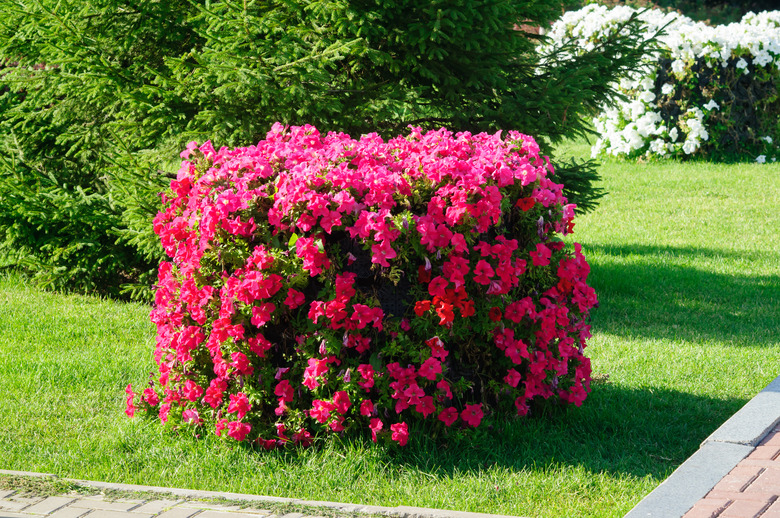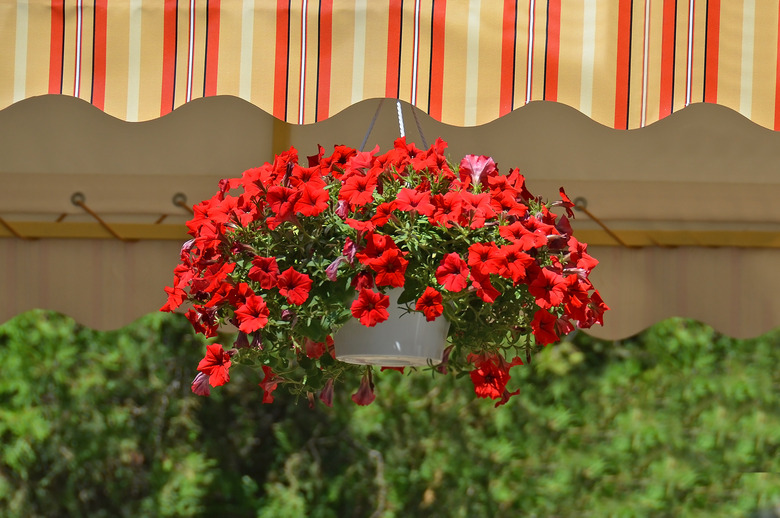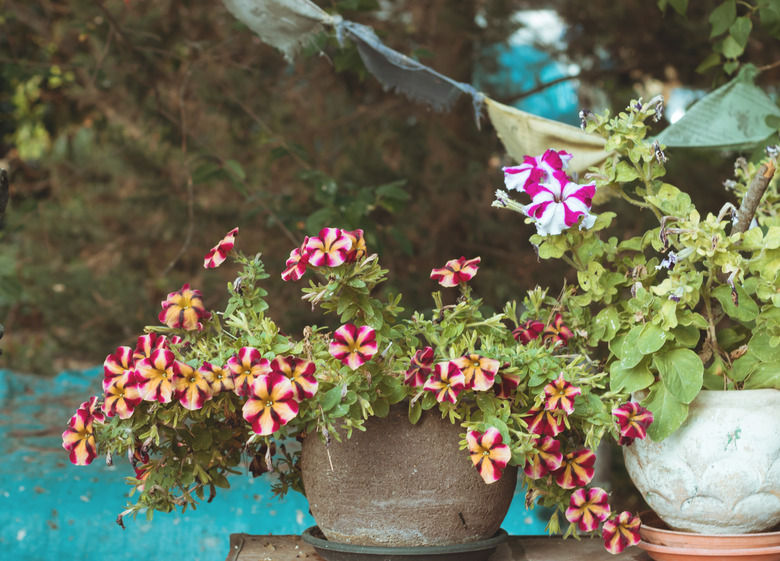How To Prune Petunias
Petunias (Petunia spp.) are plants in the nightshade family that flower from spring straight through to the first frost, with blossoms in every color of the rainbow. They are tender perennials in USDA plant hardiness zones 10 to 11 but are grown across the country as annuals.
There are many varieties of petunias, and with their bright, fragrant blossoms and easy-care ways, they are among the most popular bedding plants. All that petunia plants need to make a quick start are excellent sunlight exposure, preferably all day long, and good drainage. But despite their reputation for being low-maintenance plants, petunias do best when pruned during the growing season — and not once, but multiple times. Deadheading petunias to remove wilted flowers encourages new blooms to grow.
How to Prune Petunias
How to Prune Petunias
If you install petunia plants in your garden in early spring, you will start enjoying petunia blooms in late spring. These could continue through fall until the first bite of winter cold, but if you want an eye-catching show all year long, it is necessary to trim back your petunia stems.
Petunia flowers grow on the top of stems, and they usually look fine when left to their own devices in May and June. But by July, the petunia stems are getting leggy, and the plants look scraggly. Pruning back petunias starting in midsummer encourages new growth and new blooms. It also helps keep the plants compact, tidy, and full. But you'll want to take care not to cut off too much.
The step-by-step guide for pruning leggy petunias is the same for each of the three suggested pruning times: early July, mid-August, and mid-September. Sterilize the cutting edge of sharp pruners with rubbing alcohol and then follow these steps:
- Cut back no more than one-third of the stems of the petunia plants, leaving two-thirds of the plant alone.
- Focus on the petunia plants that are getting long and scraggly.
- Remove any long branches that look awkward.
- Maintain a light touch as you prune since petunias do not benefit from hard pruning.
Note that these times are not fixed in stone, and you can prune earlier or more frequently if necessary. When your petunias are scraggly, it's time to prune. And though all petunias are pruned in the same manner, some petunia varieties will require more pruning than others. For example, grandiflora petunias have large single or double flowers up to 5 inches across on mounding, trailing plants. The blooms are quickly beaten down in rain or heat, so they are often in need of trimming sooner than other varieties. On the other hand, milliflora petunias are tiny, compact plants that produce generous amounts of miniature flowers. They hold up in rain and sun far better than grandifloras and may require less pruning.
How to Prune Petunias in Hanging Baskets
How to Prune Petunias in Hanging Baskets
Petunias in hanging baskets or in containers as houseplants require the same pruning as tulips growing in the garden. This should be easier, however, since the plants are fewer and less dense. Plan to prune petunias grown in containers in early July, mid-August, and mid-September, removing no more than the top one-third of the plant. The same gardening tips apply.
How to Deadhead Petunias
How to Deadhead Petunias
Deadheading is the act of snipping off the old blooms and spent petunia flower heads of petunia plants. Dead flowers are not attractive, and removing them encourages rapid rebloom. Note that "self-cleaning" types of petunias (like Supertunia) do not require deadheading, although they do require the other pruning described above.
Deadheading petunias is a little different from the deadheading process of other plants. When the plant turns its energy to seed production, blossoms come in second. The general deadheading advice is to simply remove the flower head, which prevents the seeds from developing. However, for petunias, pulling off the spent flowers leaves the seed source intact on the plant. Petunia seed pods are found below the flower head, so it is necessary to pinch off the stalk at the base of the flower stem to remove the seeds.
In one sense, pruning petunias is always deadheading petunias. That's because the blossoms grow atop the stems, so any trimming of stems also removes the wilting flower head. But deadheading is more a flower-by-flower effort. You might deadhead one petunia today and no more this week. But when it comes to pruning, all the flowers in the bed are trimmed in the process.



